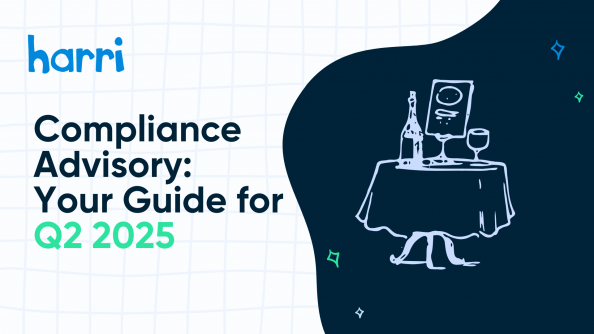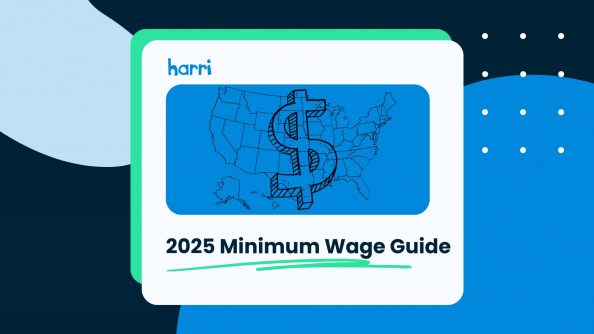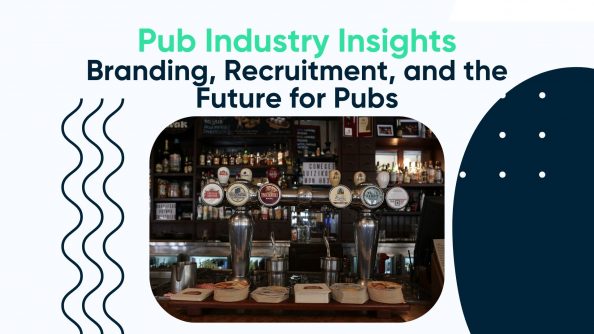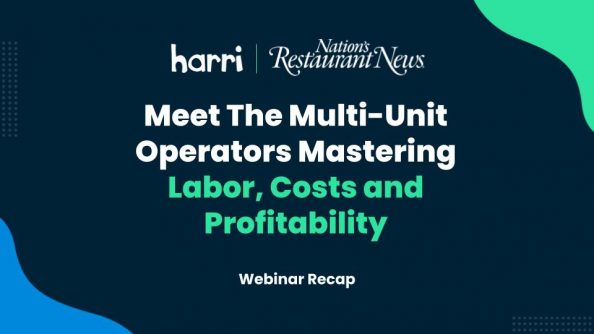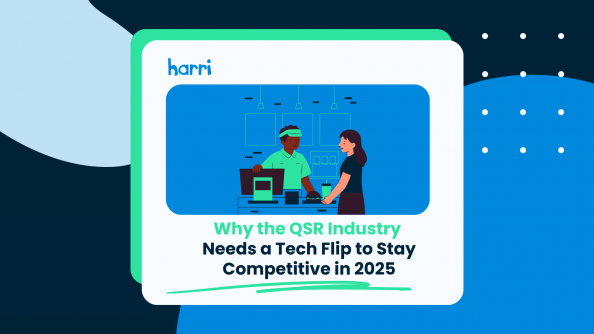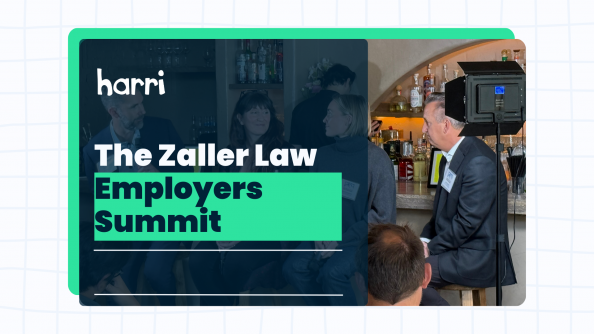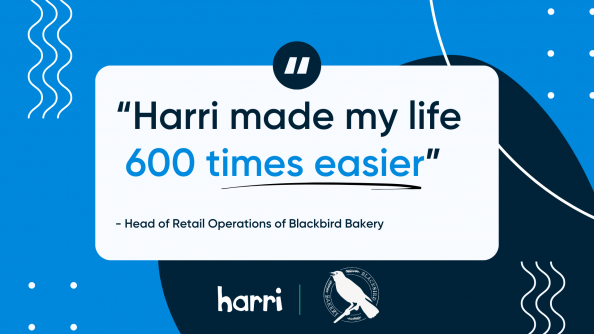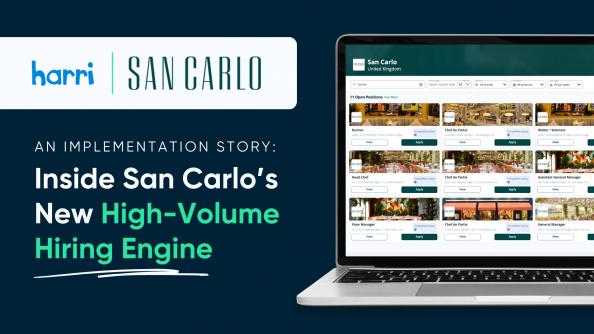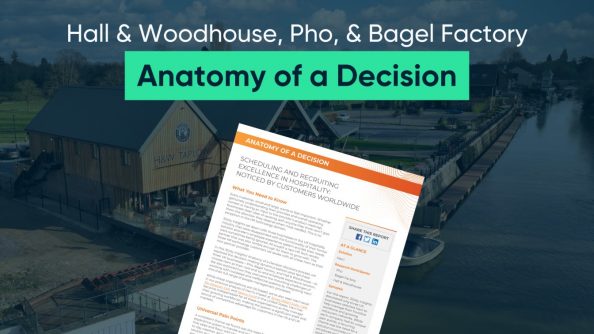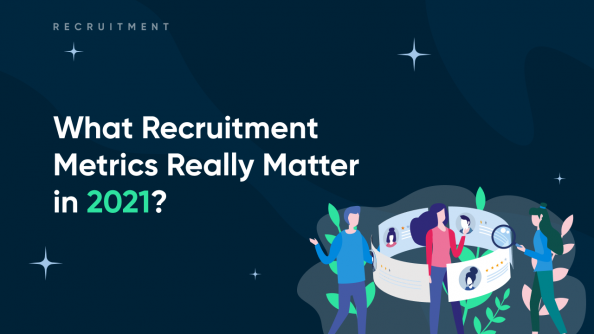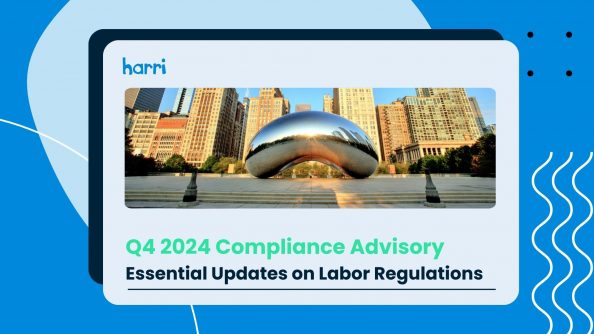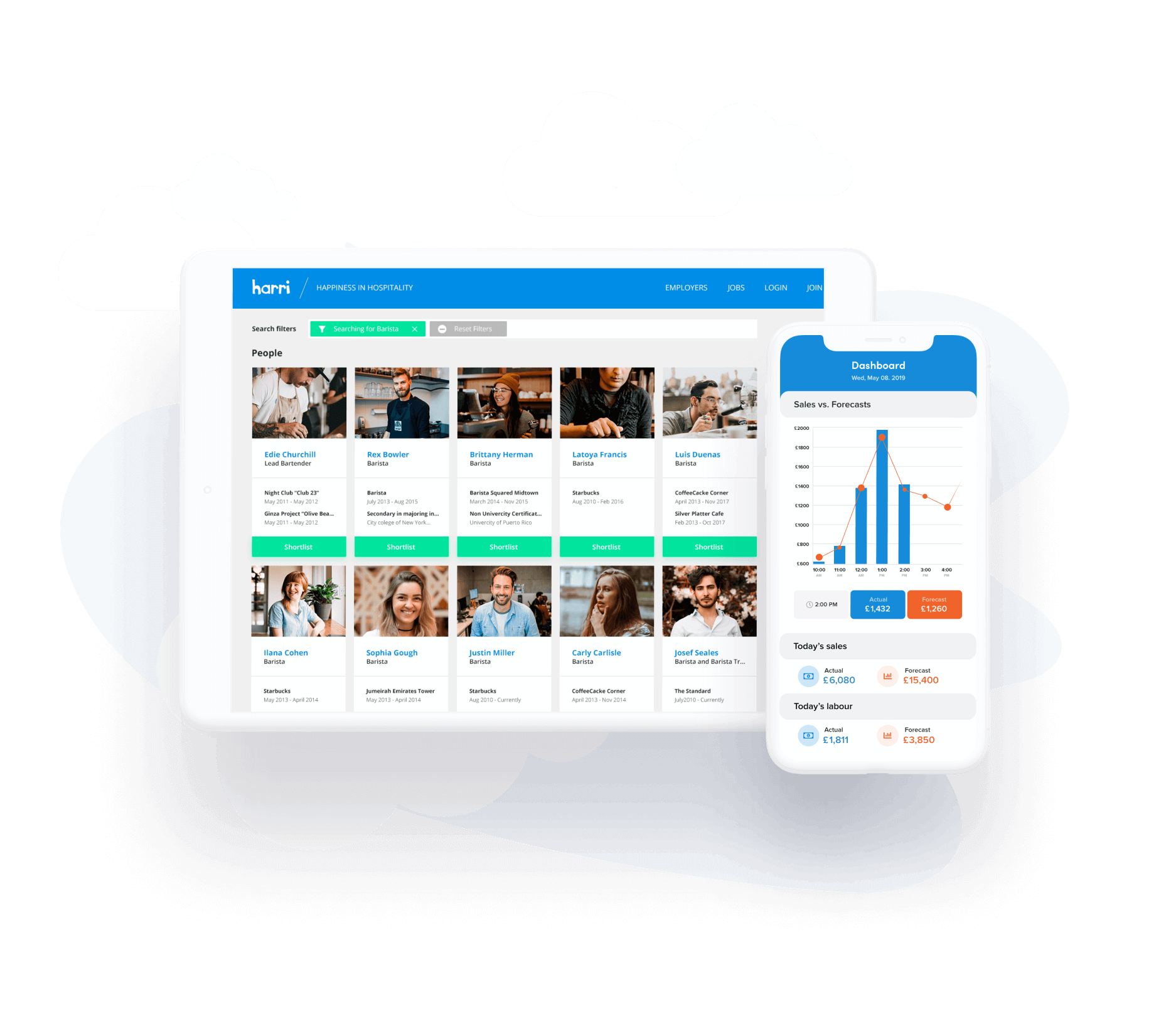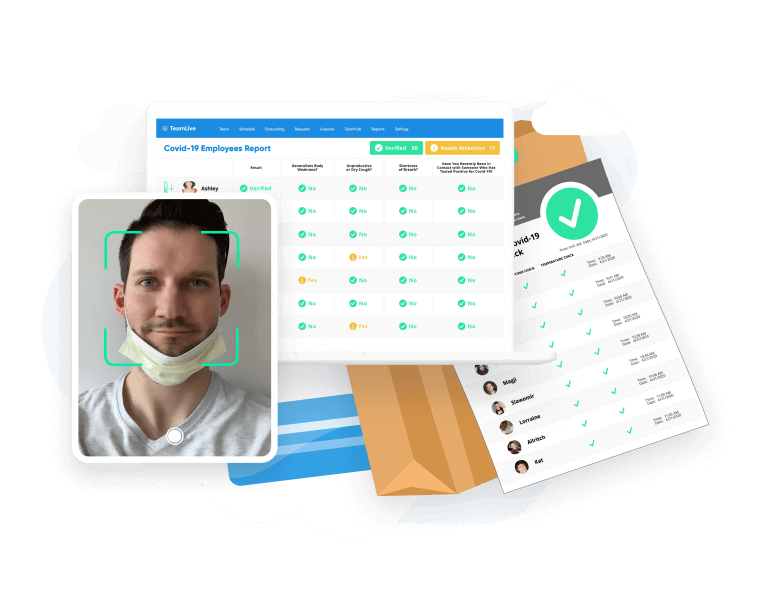California Labor Compliance Made Simple: Essential Takeaways for Restaurant Operators

- By Harri Insider Team | May 14, 2025
A recap of Zaller Law Group and Harri’s May 1st Wage and Hour Compliance webinar featuring insights from Anthony Zaller and Yaron Tillis, and Samantha Gallagher. To get access to the webinar slides, email marketing@harri.com.
Get Your 2025 PAGA Compliance Certificate
More than 300 California operators joined us earlier this month for a Back to Basics course covering fundamental best practices and processes related to restaurant labor compliance. They all received a 2025 PAGA Compliance Certificate as part of their attendance. You can still earn your PAGA Certificate by watching the on-demand recording.
Why this matters: The July 2024 PAGA reform created an opportunity for California restaurants to reduce their liability.
The reform rewards proactive compliance and offers significant penalty reductions (in some cases up to 85%) for demonstrating reasonable efforts to comply with wage and hour requirements. Having documentation of your compliance training efforts is a key part of this strategy.
Breaking News: Court Upholds Blanket Meal Break Waivers
A California Court recently ruled that prospectively signed meal period waivers are enforceable. This is fantastic news for operators using meal break waivers.
In the recent case Bradsbury v. Vic Operating:
- Blanket meal period waivers for shifts less than six hours are valid
- Employers can have employees sign these waivers once (not needed for each shift)
- Waivers must be voluntary and include language allowing employees to revoke them in writing
The "Workday" You Never Knew You Could Change
Many employers don’t realize they have the ability to adjust their workday and workweek. The default is 12:01 a.m. to midnight, but this might not be optimal for your operation.
- Important definition: The workday is “a consecutive 24-hour period, beginning at the same time each calendar day, but it may begin at any time of day.”
Regular Rate of Pay: The Most Common (and Costly) Calculation Error
Overtime and double time are calculated based on the employee’s regular rate of pay – not their base hourly wage.
What must be included in regular rate calculations:
- Base hourly wages
- Shift differentials
- Piece rate earnings
- Production bonuses (non-discretionary bonuses rewarding measurable output)
- Attendance bonuses (flat sum bonuses rewarding presence/punctuality)
What’s excluded:
- Discretionary bonuses
- Gifts
- Expense reimbursements
- Payments not for hours worked (jury duty, vacation, PTO)
- Meal and rest break premiums
- Reporting time pay
- Split shift premiums
- Tips
Critical insight from Yaron Tillis: “Regular rate of pay should be calculated on a weekly basis. This is not something that you do quarterly or semi-annually with a look back.”
Tech Tools That Simplify California Compliance
“As we get more complex regulations here in California, it’s almost inevitable… you almost need to start using technology to help you on the compliance aspect. We’re even starting to look at AI for help.”
Anthony Zaller
Your managers shouldn’t have to go to law school to manage compliance at your restaurant. Here at Harri, we’ve developed a comprehensive approach that includes proactive monitoring, embedded workflows and intelligent automation.
Here are just a few of the ways we’re helping California operators simplify compliance and mitigate risk:
- Overtime projections that flag when employees will incur overtime on the schedule – helping you avoid unexpected double-time costs with California’s $20 minimum wage
- Break waiver functionality:
- Employees sign at point of clock-in
- Employers control frequency of waiver signatures
- System tracks compliance history
- LiveShiftView for managers:
- Shows when employees approach their fifth hour of work
- Displays if employees have meal break waivers on file
- Helps managers proactively manage breaks
- Automated premium pay assessments:
- Records clock-in/out times for breaks
- Assesses if meal break premiums are due
- Prompts end-of-shift attestations when breaks are missed
- Risk Analysis Dashboard (RAD):
- Compliance “co-pilot” that proactively detects risks
- Aggregated view of compliance across timekeeping, breaks, and labor exceptions
- Dedicated widget for California break premiums
- Ability to drill down to individual locations and shifts
If you’re interested in learning more about Harri’s California Compliance functionality and/or getting a demo, email marketing@harri.com.
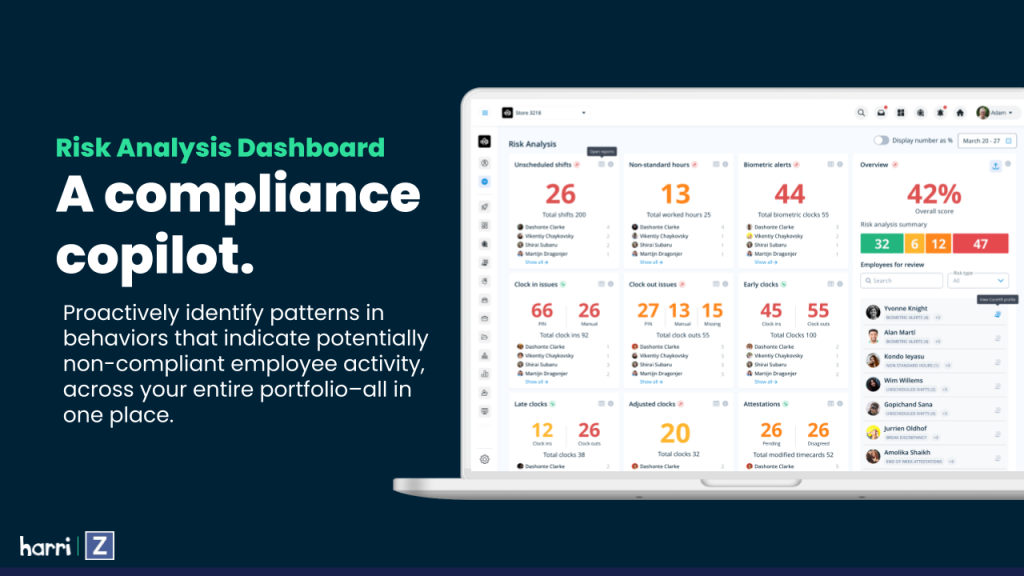
"Break Enforcers" - The New Position You Might Need
“We do have some clients who have hired a break manager or a break enforcer whose sole job during their shift is just to make sure that employees are taking their breaks.”
Samantha Gallagher
This unusual strategy is becoming more common as operators try to avoid costly premium payments, especially with California’s rising minimum wage.
Final Pay Requirements: The Costly "Waiting Time Penalty"
Terminated employees must be paid immediately at the time and place of termination. This creates challenges for:
- Multi-location operators
- Out-of-state headquarters handling California employees
- On-the-spot terminations
Practical tip from Anthony Zaller: If you know you can’t get the final check to the employee immediately, consider including the waiting time penalty in the final payment. The penalty equals one day’s wages for each day payment is late.
Important distinction from Yaron Tillis: When including waiting time penalties in final pay, “make it clear and itemized… don’t just lump it in one amount.” Identify the dates covered by the penalty.
Meal Break Premium Pay: Document It Separately
Meal and rest break premium payments should be set out as separate line items on pay stubs.
Why it matters: The California Supreme Court has ruled employers must pay one hour of premium pay at the employee’s regular rate for each day a compliant meal or rest break isn’t provided. The court case mentioned (Safeway) targeted employers who weren’t paying these premiums at all.
To learn more about navigating California’s meal and rest breaks laws, read What Operators Need To Know To Master Meal and Rest Break Compliance.
Become A California Compliance Expert
For more information about California compliance resources, email marketing@harri.com to get access to our:
- PAGA Preparedness One-Pager
- The Restaurant Operator’s Survival Guide To California Compliance
- 2025 California Compliance Health Check
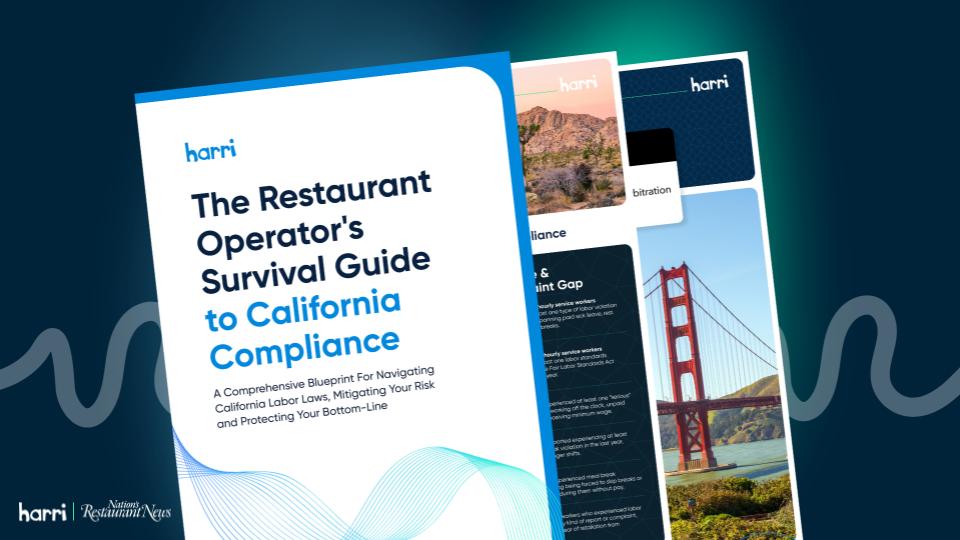
Remember: Complete documentation of your labor compliance efforts isn’t just good practice – it’s your best defense against costly PAGA claims. Watch the on-demand recording to earn your compliance certificate today.





